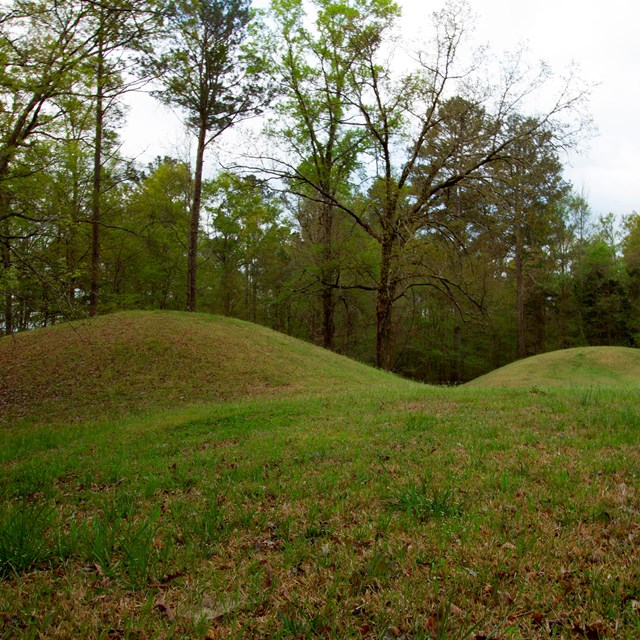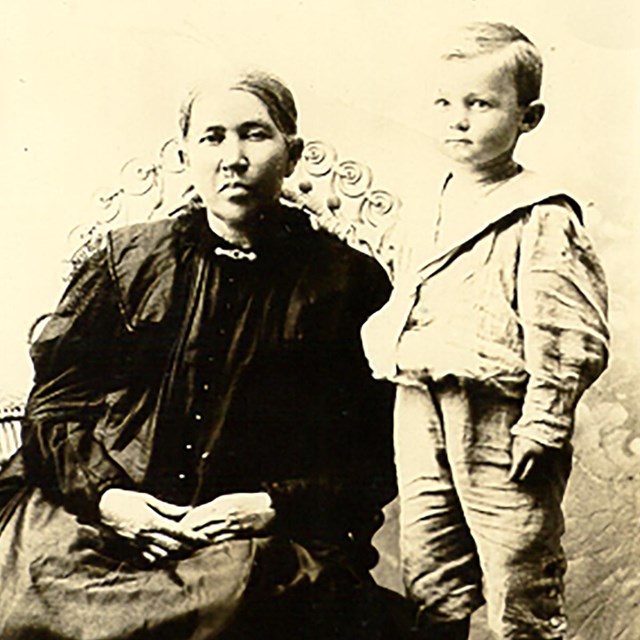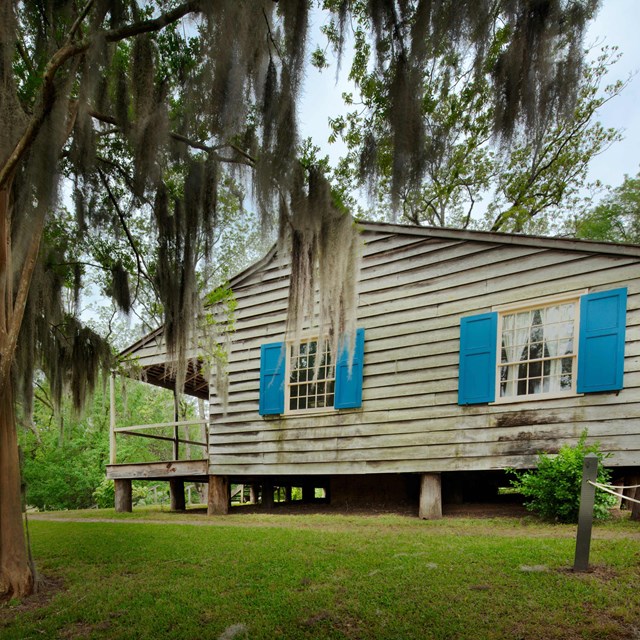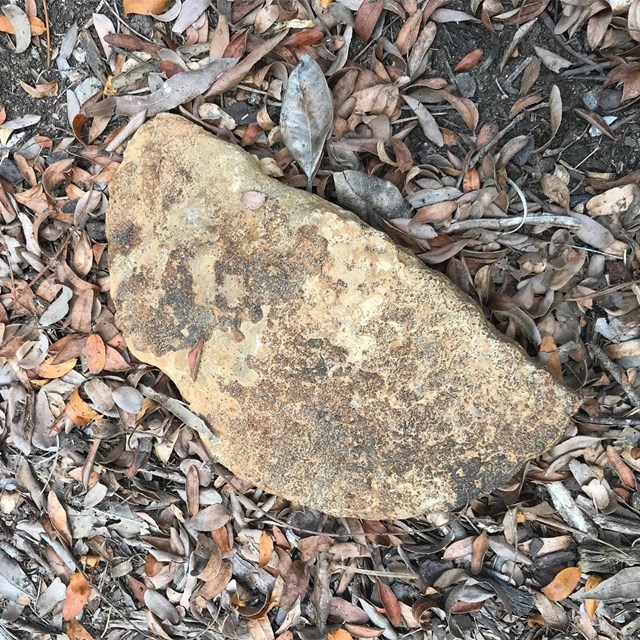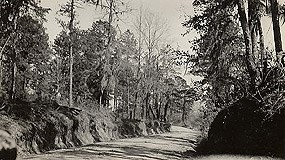
NPS The Old Natchez TraceThe Old Natchez Trace is one of the oldest transportation routes in North America; its human use dates back 10,000 years. The Old Trace consisted of a network of trails. For centuries, American Indians traveled and traded along this corridor, which traverses the homelands of the Natchez, Chickasaw, and Choctaw nations. People from these nations and their ancestors created vibrant cultures that thrived for thousands of years along what is now the Natchez Trace Parkway. Today, the Parkway links more than 350 archeological sites and 22 burial and ceremonial mounds, including Emerald Mound, the second-largest mound in the United States. When American Indians were forced to leave their homelands, some may have traveled along the Old Trace before finally heading west along the Trail of Tears. The Trail of Tears crosses the Parkway in four different locations.By 1785, the Old Trace was used as a transportation route for boatmen who floated down the Mississippi River to sell their goods in Natchez and New Orleans. Their flatboats were useless against the current of the Mississippi so these "Kaintucks" sold their boats as lumber and walked or rode horses home along the Old Trace. Accomodations for these and other travelers sprang up along the trade route and were known as "stands." Along the Parkway in Tennessee is the death and burial site of Governor Meriwether Lewis, who died along the Old Trace in 1809. This site was originally commemorated as the Meriwether Lewis National Monument, but was added to the Natchez Trace Parkway by an act of Congress in 1961. During the peak of the slave trade, enslaved people were forced to travel down the Old Trace to the large slave market in Natchez, MS. These people faced many dangers along their journey, including bandits who would kidnap them and either sell them or ransom them back to their previous owners. Some of them were destined not for Natchez, but for the Mount Locust plantation and stand, which stills exists today along the Parkway. Future presidents, traveling preachers, settlers, and soldiers also traveled along the Old Trace. In 1800, President John Adams designated it as a US postal route on what was then the western frontier. General Andrew Jackson used the Old Trace for moving volunteer militia and regular army troops during the War of 1812. Civil War battles occurred in and around the Old Trace corridor. The Modern Natchez Trace ParkwayThe modern Parkway stretches 444 miles and takes more than 11 hours to drive from end to end. It passes through three states, 25 counties, and 20 communities. The Parkway was completed in 2005 and now covers one of the largest geographic ranges of any unit in the National Park System. The Parkway corridor, which spans five degrees of latitude, includes 52,000 acres of scenic, natural, cultural, and historic resources representing a variety of southern landscapes—forests, wetlands, prairies, rivers, pastures, and croplands. In 1996, the Natchez Trace Parkway was designated a National Scenic Byway and All-American Road for its significant historic, cultural, natural, and scenic qualities.In 1983, Congress designated the Natchez Trace National Scenic Trail as a separate unit of the National Park Service. The scenic trail includes 66 miles of foot and horse trails, some of which follow segments of the Old Trace. These segments of the trail parallel the Natchez Trace Parkway in five different areas from middle Tennessee to southern Mississippi. Brices Cross Roads National Battlefield Site and Tupelo National Battlefield are legislated NPS units that commemorate two Civil War battles that occurred in northern Mississippi. The two units were created by Congress in 1929 and are now managed by Natchez Trace Parkway staff. The history and culture found along the Natchez Trace Parkway is a lifetime worth of exploration for students of history or just the curious. To continue your exploration, check out the links below to learn about the past. 10,000 Years of History
|
Last updated: January 6, 2024

